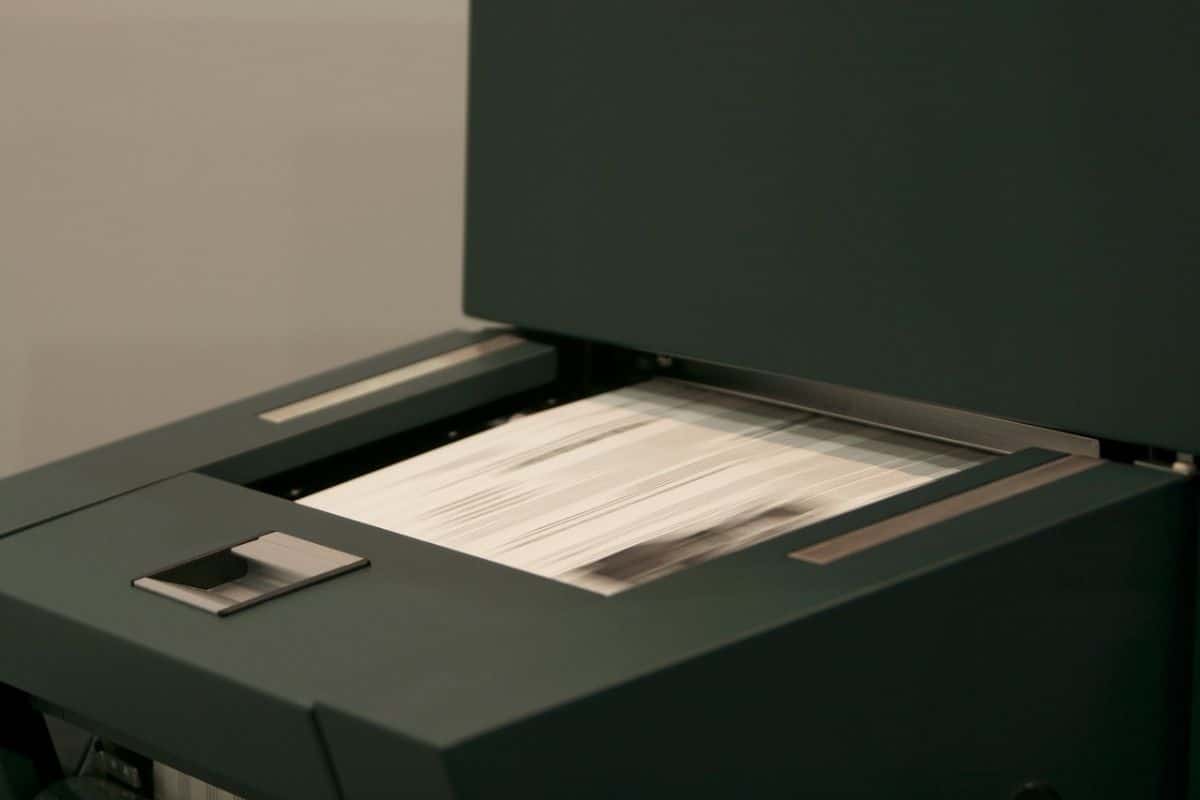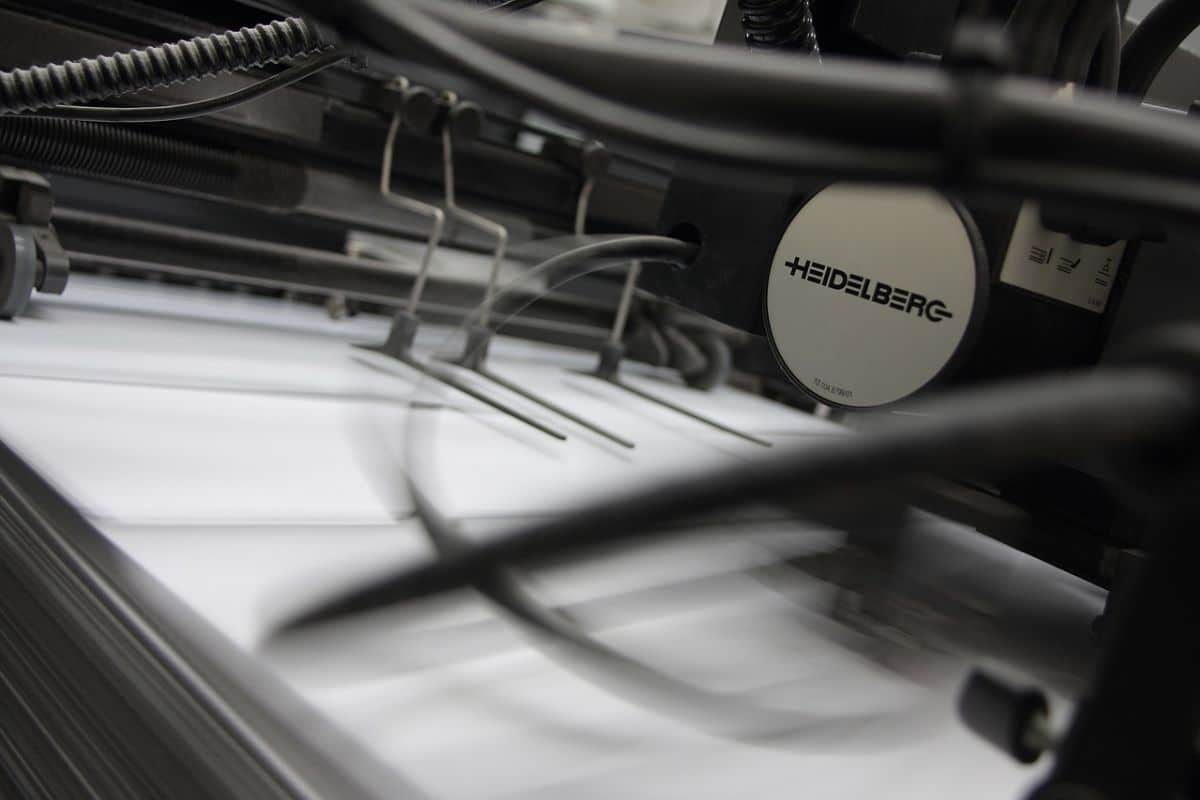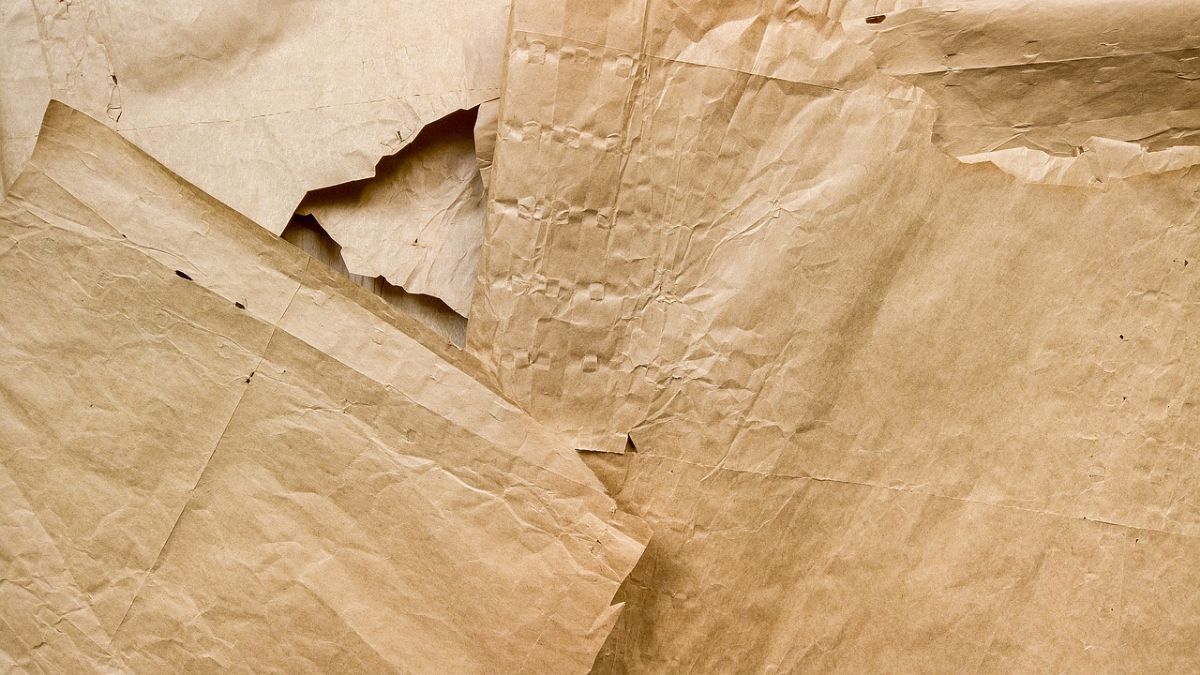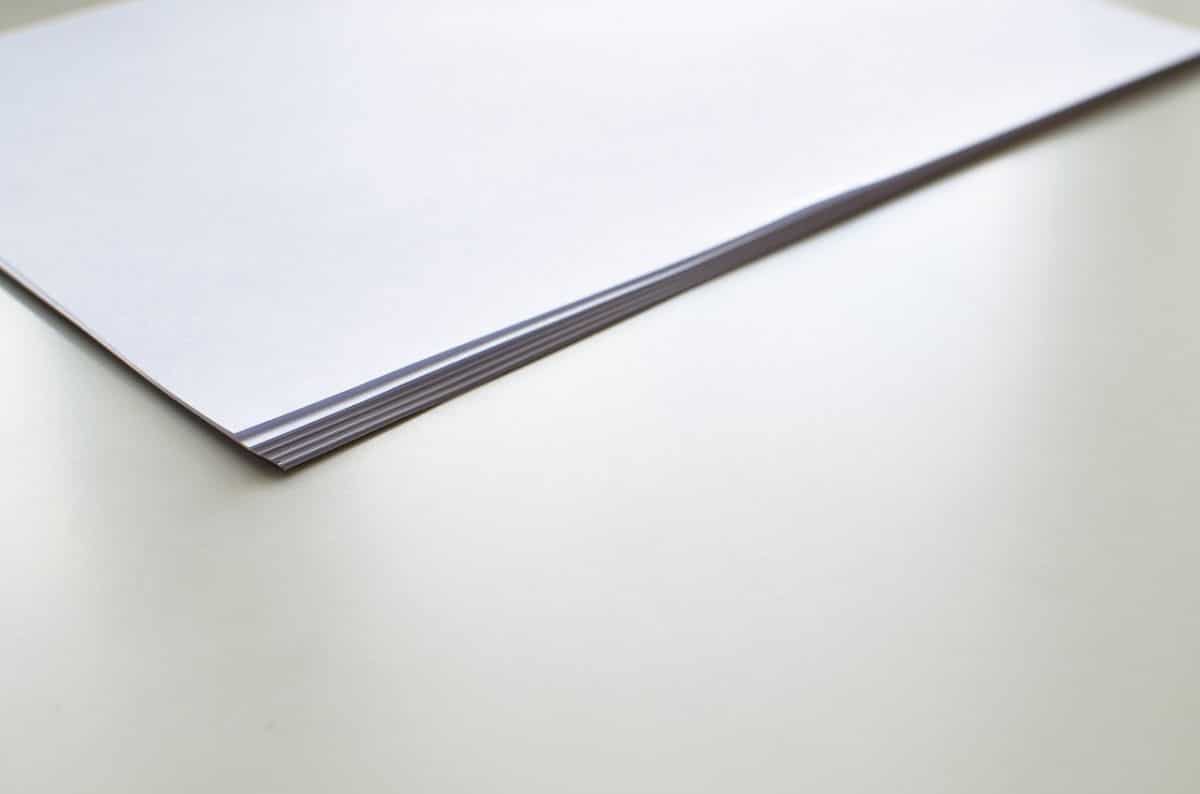
If we asked you about different types of printing paper, The most logical thing is that the first thing that comes to mind is the paper with which you print at home, that is, an A4 of about 80 grams, which is the usual thing. However, in the graphic medium there are many varieties depending on what you want to print, from the thinnest, to the thick ones, as well as other variants.
Have you ever wondered what types of paper exist? And how are they classified? Next we will talk about all this so that you have an approximation of this topic.
What is paper
Paper is an element formed by vegetable fibers that have been intertwined. The process consists of suspending the fibers in the water so that they drain as they dry.
Depending on the raw materials used, the finish, the weight, the application ... different types of paper can be obtained. Now, in the case of the types of paper for printing, it must be said that they are much more varied than for other uses.
Types of printing paper: the essentials

Before talking about the different printing papers that exist, it is important that you know two aspects that distinguish them from each other: the weight, the texture and the finish of the paper.
Paper weight
This is the weight per square meter of the paper, something totally different from the weight of the paper. It is a very important choice because if you print with a weight that is not correct, the final effect of your project can be ruined. Therefore, depending on what you want to print, you will have different grammages:
- 40 to 60 grams: used by newspapers.
- From 80 to 100 grams: it is the one you use in an office, at home, etc. It is the most common and known.
- 90 to 170: is intended mainly for brochures and / or posters.
- 200-250 gr: common in magazines or flyers.
- From 250 to 350 gr: you will have 'felt' it on business cards or postcards. It is more resistant to bending.
- 350-450 gr: we are talking almost cardboard, which is used for book covers and the like.
Paper texture
Texture refers to the feel of that paper. For example, a paper can be rough, or coarse-grained, NOT (which means it has been cold pressed), or HP (hot pressed).
Based on the texture, you can find different types on the table:
- Coated paper: that used by magazines, brochures, etc.
- Offset paper: it is the one you use regularly, both at home and in the office. It is also in books, notebooks, etc.
- Laid: it is a rough paper but evenly.
- Kraft: brown, you will see details of the fiber.
- Newsprint: also called newsprint, it is a mechanical pulp paper.
- As a gift: the 'real' has a weight of 100 grams and a glossy finish.
Finish
Finish refers to how the paper looks. It is usually based on knowing if the finish is glossy (shiny) or not (mate). Each one is used for different uses. For example, the matte finish is used in books for the inside pages; while the glitter is mainly used on the front and back covers to make the colors stand out.
Types of printing paper
And now, we are going to talk to you about the types of printing paper. However, telling you about all the options you have available would be too long. For this reason, we are going to focus on the most common and well-known ones to tell you a little about each of them.
Coated paper
It has a smooth and glossy finish, although it can also be matte. Is the one It is chosen for magazines, business cards, brochures, and any graphic project that needs a good color result.
Couche paper
It is characterized by being a bit small, which means that the ink does not enter too much on the paper, and color builds up on the surface. What does that do? Well, make it more striking.
You can have it in glossy and matte.
Marked paper
In this case we are talking about a paper characterized by a relief on the surface. Examples of this role is the laid, embossed or maché.
Opaline
This paper, available in 125 and 225 grams, has a smooth and smooth finish, of high quality because its white is very pure and makes the colors stay perfectly (even highlighting them).
Ecological paper

It is the one that comes from FSC certified forests.
Offset paper
Is one of the most known for their high porosity, which makes it absorb ink very well. It has a glossy and matte finish (the latter ideal for reading large texts on it).
The only bad thing is that the colors, when absorbing the ink, look somewhat duller.
Recycled paper
This one has a limited grammage, since it goes from 60 to 100 grams. Being recycled, its color is not usually white, but more muted, although they can use substances to whiten it.
Self-adhesive paper
Unlike other types of printing paper, this one is characterized by having one side with glue tape. Therefore, it is printed only on one side and serves, removing the protective paper from the other, to stick it on different surfaces.
Creative paper
It is a type of paper with different weights and textures, as well as thickness. It focuses on high resolution projects, who want to convey sensations in their designs. Therefore, it is common to see it on invitations, business cards, flyers, posters ...
Bond paper

This paper has a normally low weight, being pure white, but there are also colors. In many homes this role is common to have at home.
Bristol paper
This paper is better known as "cardstock" paper. It's a paper somewhat harder than a sheet of paper, usually colored, but very moldable, as it allows it to bend, cut, etc.
As you can see, there are many types of printing paper. The best recommendation we can give you in your case is that, when printing, ask what would be the best option depending on the type of project you have in hand.